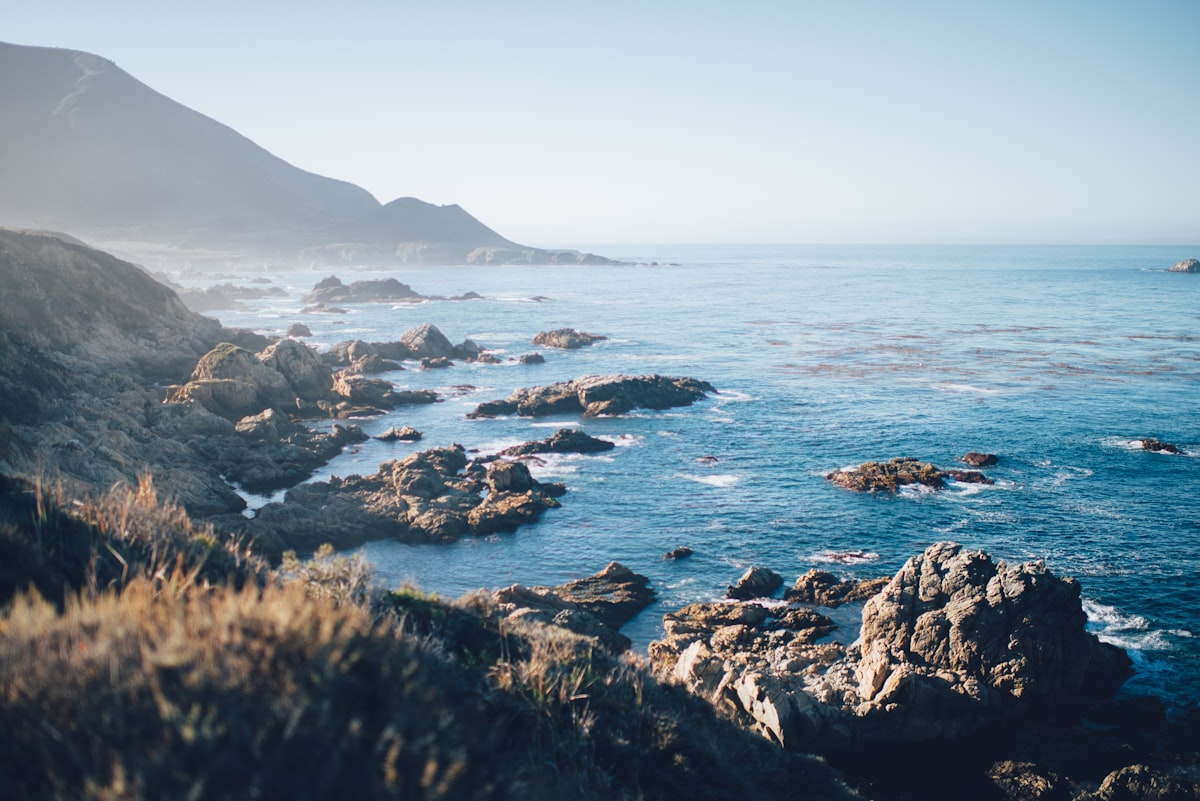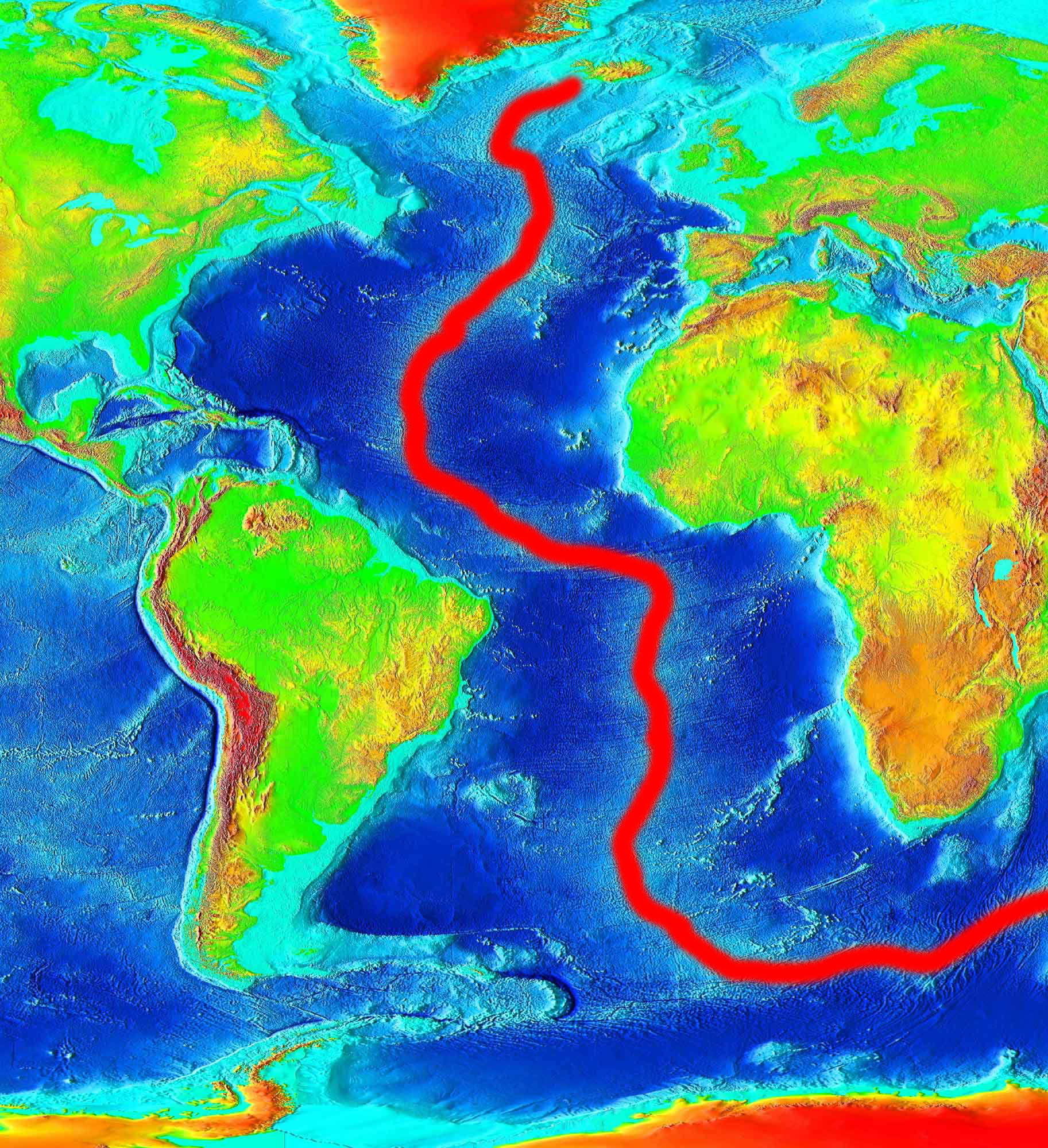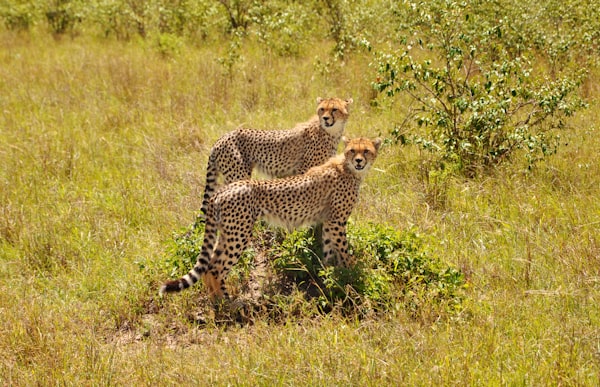Ocean Basins

The world ocean is splint into four basins. Each of these basins are large parts of the ocean, called the Pacific, Atlantic, Indian, and Arctic basins.
The Pacific basin (these are also called oceans) is the largest and deepest of them all and contains about half of the world's water. It has the greatest surface area of them all (165,250,000 km2) and is the deepest, on average 4,282 meters deep. On the surface, you can find about 25,000 islands, more than all the other oceans combined. The water temperature ranges from freezing to 29˚C. The most important part in the Pacific is the Andesite Line, which separates the Central Pacific Trough from the rest of the ocean. In the Pacific Ocean you can find the Pacific Ring of Fire (chain of volcanoes), the Great Barrier Reef and the Mariana Trench (which is the deepest part of the ocean).

The Atlantic is the second largest ocean. It has a surface area of 106,460,000 km2 and average depth of 3,926 meters. The water temperature ranges from -20C to 29oC. It is considered the world's saltiest ocean and is named after the mythological Greek giant Atlas. The Puerto Rico Trench is the deepest part of the Atlantic. The most significant characteristic is the Mid-Atlantic Ridge, a range of underwater mountians stretching from Iceland to South Latitude 58˚ (close to Antarctica). The Atlantic Ocean includes the South Sandwich Trench, the Romanche Furrow, the Bermuda Triangle and Gulf of Mexico.
The Indian Ocean is the third largest in the world and has the surface area of 70,560,000 km2 and average depth of 3965 meters. The Indian Ocean includes the Red Sea and Persian Gulf. The deepest part of the Indian ocean is the Java Trench.
Finally, the smallest and shallowest ocean is the Arctic Ocean, which is only 14,056,000 km2 and on average 1,205 meters deep. The deepest part is the Eurasia Basin.




